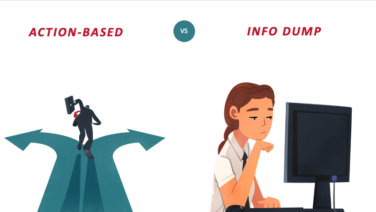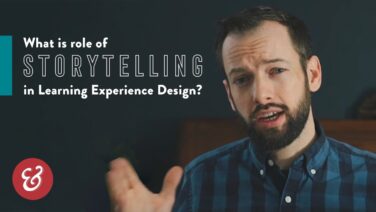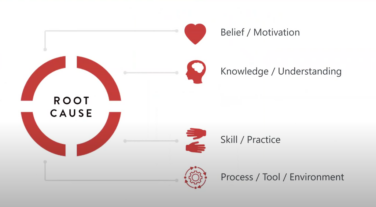Cognitive Bias In Learning: An Overview
The average person consumes more information today than at any other time in human history. It would be impossible to cope with this amount of information without using mental shortcuts to help make decisions, handle social interactions, and determine what we will remember.
Most of the time these shortcuts serve us well in our decision-making. Occasionally, however, they lead us down the wrong path. When a mental shortcut fails to lead us to the correct judgement, the result is a cognitive bias.
A single cognitive bias would likely have little impact on our day-to-day lives. The trouble, unfortunately, is that none of us is dealing with only a single cognitive bias. Nearly 188 different types of cognitive biases have been identified. Here are three to consider; can you recognize them in yourself? Your company? Your clients?
Anchoring bias: The tendency to place excessive weight or importance on one piece of information, often the first piece of information you learned about a topic Curse of Knowledge bias: When well-informed people are unable to look at an issue from the perspective of a less-informed person Status Quo bias: The tendency to want things to stay relatively the same as they have always been As L&D practitioners, having a basic understanding of the common cognitive biases at work in a learning environment helps us mitigate their effects, and we can even put some of them to work for us.
In this webinar, participants will learn:
How cognitive biases develop throughout our lives and what, if anything, can be done to prevent them How to identify several common cognitive biases that impact learning and some potential strategies to mitigate them How to turn the tables to make selected cognitive biases work for you in your training design rather than against you.
Continue reading

Tales from the Front Lines of Microlearning Design | Eric Berget, Creative Director
Learn More
The Role of Storytelling in Learning Experience Design | Eric Berget, Creative Director
Learn More
Drive Business Results Through Performance Consulting Skills | Jolene Rowan, Chief Learning Officer
Learn MoreCommitted to
finding solutions
